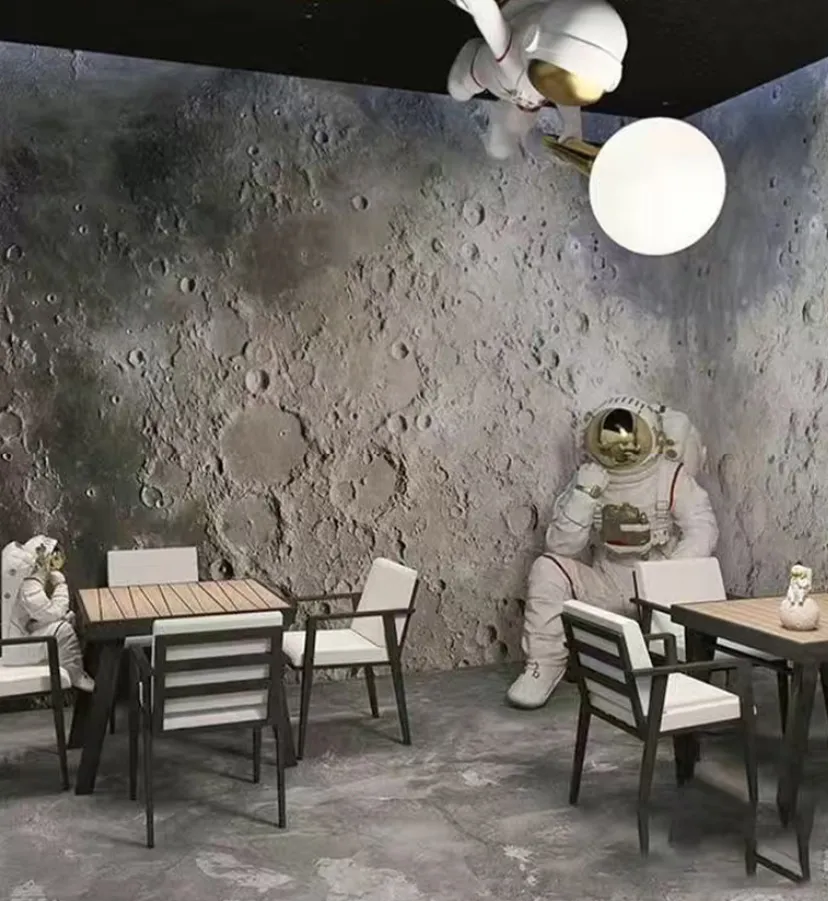Ever held a piece of another world? Moon rocks aren’t just celestial leftovers - they’re storytellers. Born from volcanic fury and cosmic collisions, these rocks reveal secrets about our solar system's wild teenage years. Forget dry textbooks - let's explore these space treasures like neighbors chatting over a backyard fence.
We’ll unpack 12 distinct lunar rock types - from bubbly volcanic leftovers to Frankenstein-like mashups created by asteroid punches. More importantly, you’ll learn how to pick the right specimen whether you’re a budding astronomer or someone seeking inspiration from beyond our atmosphere.
1. Mare Basalts - The Moon's Dark Blankets
Picture Hawaii’s lava flows - but colder, darker, and billions of years older. Mare basalts form the moon’s signature "seas" (Latin: maria ). Unlike Earth volcanoes, lunar lava behaved like motor oil, spreading thinly across impact basins.
Spotting Signs:
- Look: Dark gray to black, occasionally with pinhead-sized holes from ancient gas bubbles
- Feel: Surprisingly dense like a car engine block
- Special Sauce: Loaded with iron-titanium mineral ilmenite
Ideal for: Geology newbies - their simple volcanic story helps you dip toes into lunar science without drowning.
2. Highland Anorthosites - The Moon's Original Crust
These bright highland rocks are the moon’s ancient skin - the original crust dating back 4.5 billion years. Picture a global magma ocean freezing over, with lightweight crystals rising like cream.
Spotting Signs:
- Look: Shockingly white or pale gray, like dried concrete
- Structure: Crunchy texture from eons of meteorite beatings
- Special Sauce: Made of >90% mineral plagioclase (fancy name for lunar feldspar)
Ideal for: History buffs - touching what might be the solar system’s oldest surface feels like time travel.
3. Breccias - Lunar Franken-Rocks
When asteroids slam into the moon, they create geological smoothies - broken rock chunks cemented by melted glue. Lunar breccias are chaotic mosaics preserving violent history.
Spotting Signs:
- Look: Like cookies crammed with random candy pieces
- Varieties: Fragmental (minimal melting) vs. impact-melt (glassy cement)
- Special Sauce: Contains materials flung across the moon during cosmic crashes
Ideal for: Puzzle solvers - each breccia tells a CSI-worthy impact story through its fragment mix.
4. Regolith - The Moon's "Soil"
Not true soil but a dusty carpet made from pulverized rock. This gritty layer records cosmic weather - solar wind particles and micro-meteorite tattoos.
Spotting Signs:
- Look: Fine gray powder like fireplace ashes with shiny glass beads
- Feel: Surprisingly clingy due to static electricity
- Special Sauce: Contains solar-wind implanted elements like hydrogen and helium
Ideal for: Detail detectives - the best record of space weathering. Interestingly, its properties inspire innovative architectural decorative stone designs for building facades right here on Earth.
Choosing Your Moon Rock: A Friendly Guide
For Science Enthusiasts
- Start simple: Mare basalts reveal volcanic history
- Then level up: Breccias unlock impact timelines
- Geek tip: Handheld microscope reveals glass beads and agglutinates
For Collectors
- Seek diversity: Contrast highland whites vs. mare blacks
- Prioritize provenances: Apollo missions > Luna probes > meteorites
- Fun option: Lunar meteorites offer "free delivery" specimens
Red Flags
- Magnetism: True moon rocks won't grab fridge magnets
- Earth minerals: Quartz or micas? Definitely terrestrial!
- Too perfect: Real lunar samples bear cosmic battle scars
Moon rocks aren't just museum pieces - they're time capsules carrying 4 billion years of solar system drama. From the anorthosites witnessing the moon's fiery birth to the regolith capturing today's solar wind, each rock type offers a unique conversation with cosmic history.
Whether you're drawn to the storytelling breccias, the elegant anorthosites, or the mysterious KREEP rocks, remember: the best specimen is the one that sparks your curiosity. Start simple, learn its language, and soon you'll be reading planetary stories in stone.













